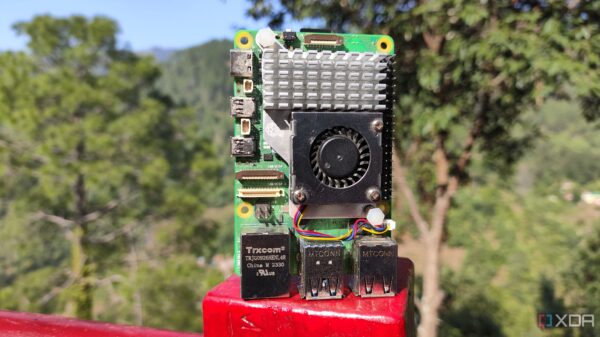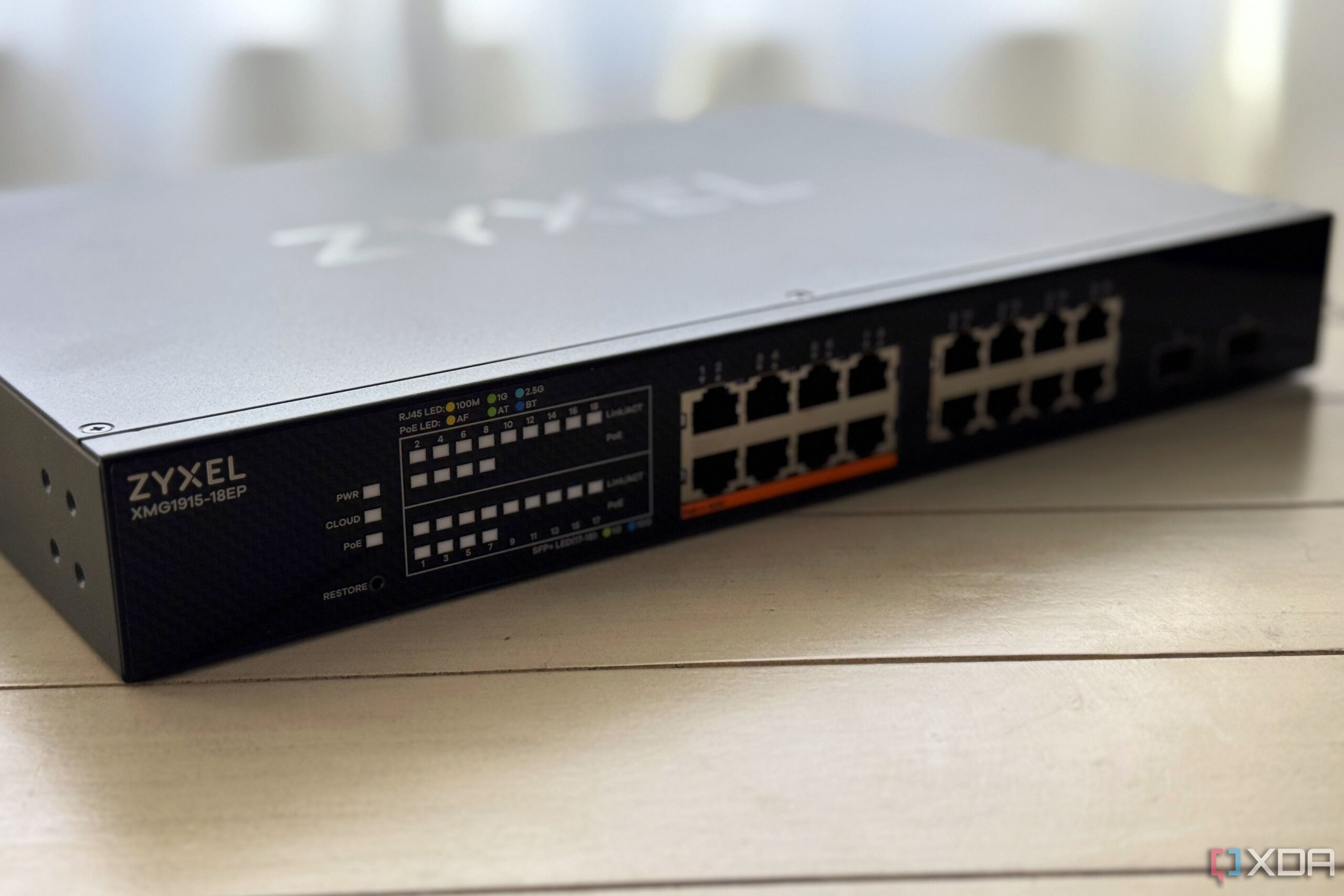URGENT UPDATE: With the rise of smart home devices, experts are revealing critical guidelines for homeowners to secure their networks efficiently. As of October 2023, homes are flooded with an average of dozens of networked devices, from laptops to security cameras. Without proper management, these devices can overwhelm a single network, leading to reduced performance and security vulnerabilities.
The latest insights confirm that using Virtual LANs (VLANs) is key to creating a streamlined home network. Authorities emphasize that proper VLAN design can significantly improve both security and functionality, making it easier to manage devices and reduce unwanted network traffic.
Here are the five essential rules you should implement NOW for a robust home VLAN setup:
Avoid the Native VLAN (VLAN 1):
Most managed network switches default to VLAN 1 for untagged traffic. Experts strongly advise changing this to a different number to enhance security. Doing so ensures that non-tagged traffic doesn’t inadvertently gain access to your devices, reducing the risk of breaches.
Space VLAN IDs Apart:
Rather than using consecutive VLAN numbers, set your VLANs a few numbers apart, such as VLAN 10, VLAN 20, and VLAN 30. This method not only minimizes the risk of misconfiguration but also allows for easy future expansions. Aligning VLAN numbers with subnetting, like 192.168.10.0/24 for VLAN 10, can streamline troubleshooting significantly.
Create VLANs Based on Device Functionality:
Group your devices by function to create dedicated VLANs. For example:
– VLAN 10 – Main Devices (laptops, PCs)
– VLAN 20 – Streaming Devices
– VLAN 30 – Security Cameras
– VLAN 40 – Guest Network
– VLAN 50 – IoT Devices
This organization simplifies firewall rule management, enhancing both speed and security. Devices that generate high traffic, like streaming boxes, will no longer slow down critical devices such as work laptops.
Use Descriptive VLAN Names:
When configuring VLANs, assign clear, descriptive names to each segment. For instance, rename VLAN 10 to “MAIN-DEVICES” and VLAN 20 to “STREAMING-DEVICES.” This practice will make it easier to manage your network at a glance, especially as it grows.
Set Up Firewall Rules for Inter-VLAN Communication:
Establishing firewall rules allows precise control over which VLANs can communicate with each other. For example, your IoT VLAN may need to interact with your main devices for control purposes, while your guest network should have limited access. This strategic setup minimizes potential vulnerabilities while enhancing network performance.
Implementing these guidelines can lead to significant improvements in your home network’s speed and reliability. By segregating traffic effectively, you can reduce latency and improve overall performance, particularly for high-demand activities like gaming or video conferencing.
As the demand for smart home technology continues to rise, these practices will become increasingly vital for maintaining optimal network performance. Stay ahead of potential issues by adopting these rules TODAY, and ensure your home network is both secure and efficient.
For more updates and expert tips, stay tuned as we continue to track developments in home networking solutions.

































































